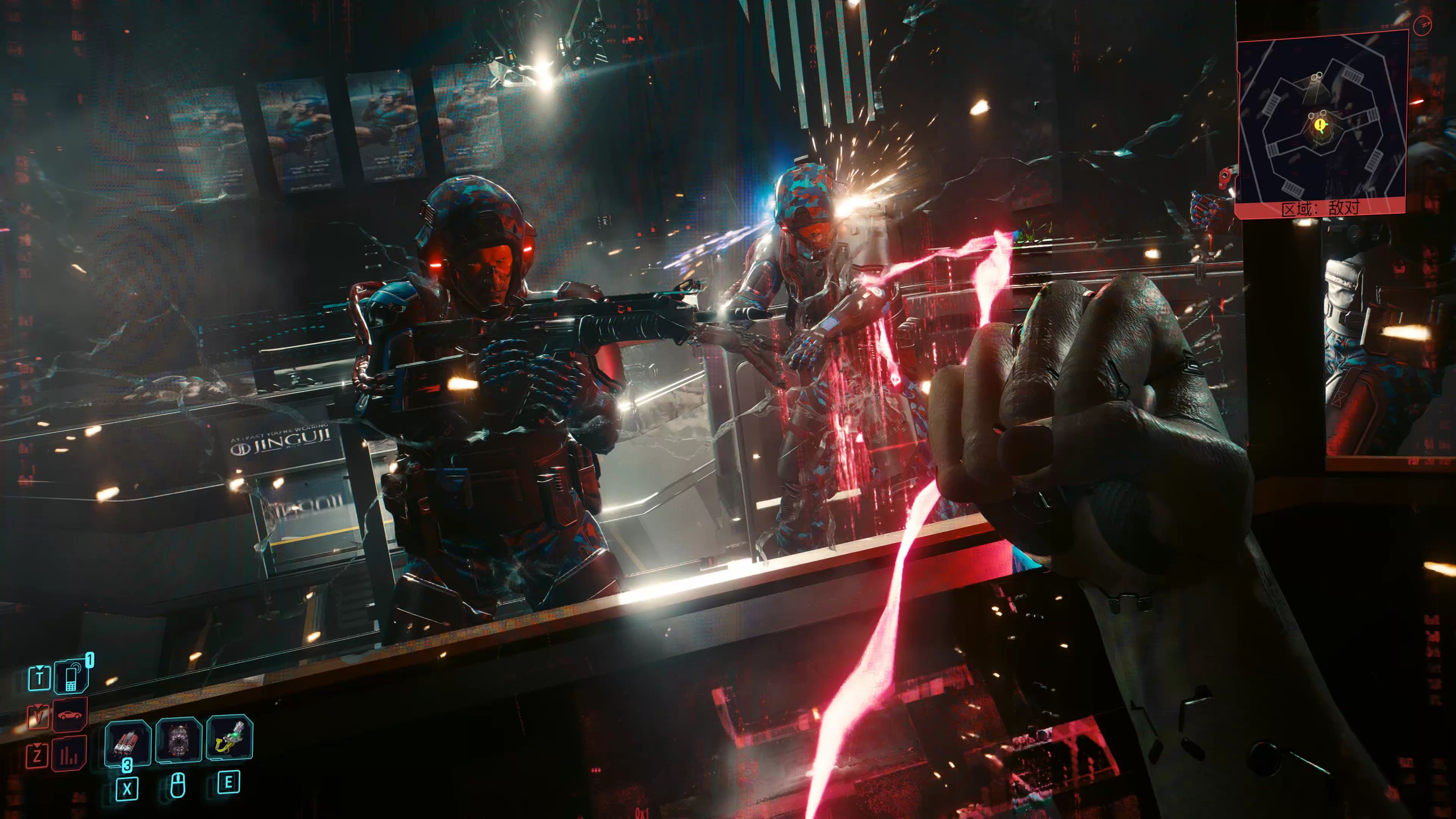Ghostwire: Tokyo Score: Atmosphere and Combat Ratings
When Ghostwire: Tokyo was first unveiled, it promised a unique blend of supernatural action and urban exploration set in a haunted version of Japan’s iconic capital. Developed by Tango Gameworks, the studio known for the Evil Within series, the game had big shoes to fill—not just in delivering thrilling gameplay but also in crafting a world that felt both terrifying and mesmerizing. Now that the dust has settled, it’s clear that while Ghostwire: Tokyo excels in atmospheric storytelling and environmental design, its combat system leaves room for both praise and criticism.
Atmospheric Brilliance: A City Between Worlds
From the moment you step into the rain-slicked, neon-drenched streets of Shibuya, it’s evident that Ghostwire: Tokyo is something special. The game’s atmosphere is its crowning achievement—a masterclass in mood, tension, and environmental narrative.
The premise is simple yet compelling: a mysterious fog has swept through Tokyo, wiping out nearly the entire population and leaving behind only their clothes and possessions. In their place, supernatural entities known as Visitors now roam the streets. You play as Akito, a survivor possessed by the spirit of a detective named KK, who grants you ethereal abilities to combat these threats and uncover the truth behind the disaster.
What stands out immediately is the painstaking attention to detail in recreating Tokyo. The developers have captured the eerie beauty of a city suspended between the living and the dead. Shibuya Crossing, normally bustling with life, is now empty save for floating yūrei (ghosts) and malevolent spirits. Neon signs flicker against the perpetual twilight, and thick fog curls around alleyways, concealing both danger and secrets. The sound design further enhances this unsettling vibe—distant whispers, the patter of rain, and the sudden, jarring noises of unseen entities create a constant sense of unease.
The game’s use of Japanese folklore is another highlight. The Visitors aren’t generic monsters; they’re inspired by creatures from traditional tales, such as the Kuchisake-onna (Slit-Mouthed Woman) and the Umbrella-Obake, each with their own eerie behaviors and visual designs. This cultural specificity adds depth to the world, making it feel uniquely authentic.
Exploration is rewarded with pockets of storytelling—ghostly echoes of past events, stray cats that offer side quests, and torii gates that cleanse the fog, revealing new areas. These elements make Tokyo itself the star of the game, a character whose story you unravel one street at a time.
Combat: Stylish but Shallow
While the atmosphere is nearly flawless, the combat system is where Ghostwire: Tokyo stumbles—though not without its merits.
The core combat loop revolves around "Ethereal Weaving," a form of spellcasting that allows Akito to launch elemental attacks—wind, water, and fire—at his foes. Each element has its own use case: wind is fast and precise, water offers wide-area coverage, and fire delivers heavy burst damage. The hand gestures and visual effects accompanying these powers are stunning, drawing inspiration from kuji-kiri (a form of spiritual hand-signs) and making every encounter feel like a scene from an occult thriller.
However, the initial excitement of wielding these powers soon gives way to repetition. The combat lacks the strategic depth or variety needed to sustain interest over the game’s 15–20 hour runtime. Most encounters devolve into similar patterns: dodge incoming attacks, break an enemy’s core (a mechanic that exposes their weak point), and finish them off with a burst of energy. While there are upgrades and additional skills to unlock, they feel incremental rather than transformative.
Stealth is an option but underdeveloped. Sneaking up on enemies for a quick takedown is satisfying, but the AI is often inconsistent, making stealth feel more like a situational tool than a viable playstyle.
Where combat shines is in its boss fights and larger-scale encounters. Battles against creatures like the Amewarashi or the Kuchisake-onna are visually spectacular and require more tactical thinking, such as using the environment for cover or timing elemental shifts for maximum effect. These moments showcase what the combat could have been with more refinement and diversity.
The Verdict: A Tale of Two Strengths
Ghostwire: Tokyo is a game of contrasts. Its atmosphere is nothing short of phenomenal—a haunting, immersive experience that captures the loneliness and mystery of a city caught between worlds. The environmental design, sound, and incorporation of Japanese folklore set a new standard for virtual tourism with a supernatural twist.
On the other hand, the combat, while visually impressive and initially engaging, fails to evolve in meaningful ways. It services the story but rarely excels beyond its stylish presentation.
So, how do we score it?
-
Atmosphere: 9.5/10
A near-perfect blend of visual artistry, sound design, and cultural storytelling. The world of Ghostwire: Tokyo is one you’ll want to get lost in, even if it’s terrifying.
-
Combat: 6.5/10
Functional and flashy but ultimately repetitive. It needed more mechanics, enemy variety, or strategic depth to match the richness of the world it inhabits.
Overall, Ghostwire: Tokyo is a memorable experience that leans heavily on its strengths. If you’re a player who values exploration, mood, and world-building over combat complexity, this game will captivate you. But if you’re seeking deep, challenging gameplay, you might find yourself wishing for more beneath the surface.
In the end, Ghostwire: Tokyo succeeds as a love letter to a city and its myths—a beautifully eerie adventure that lingers in the mind long after the credits roll.














